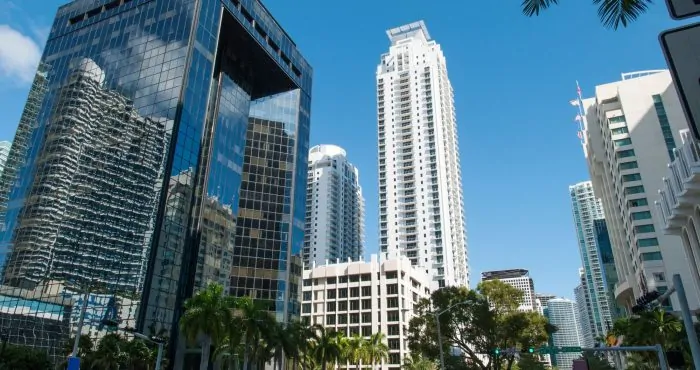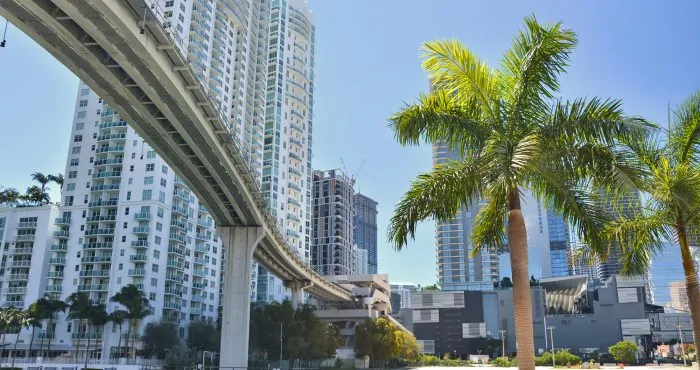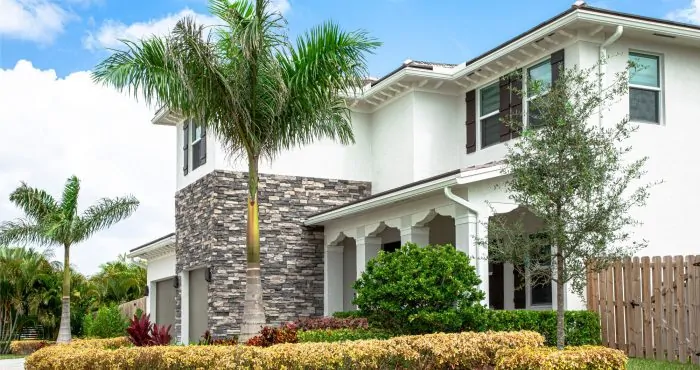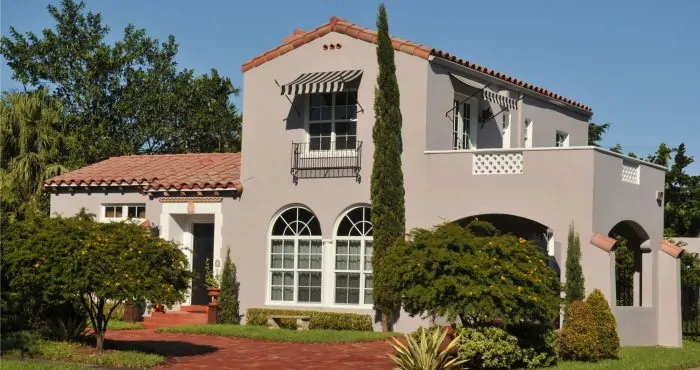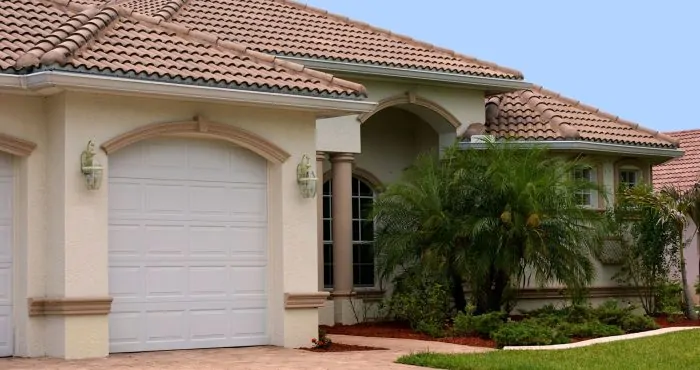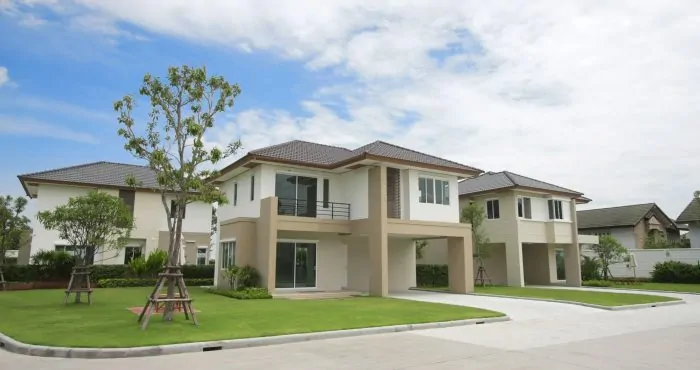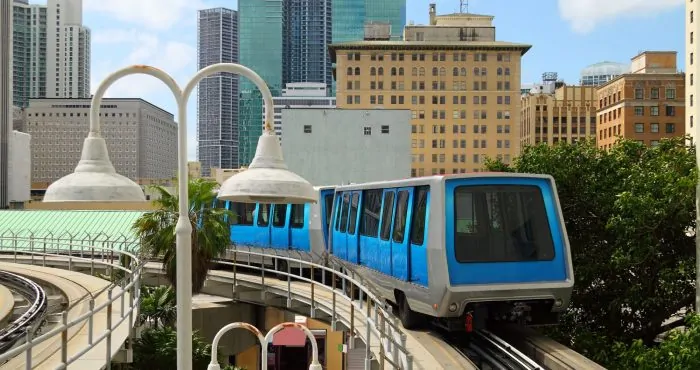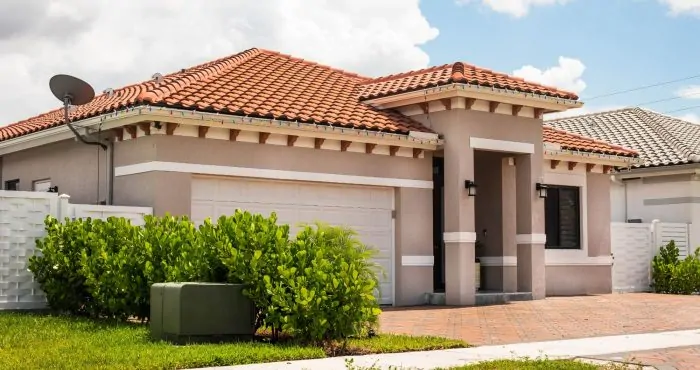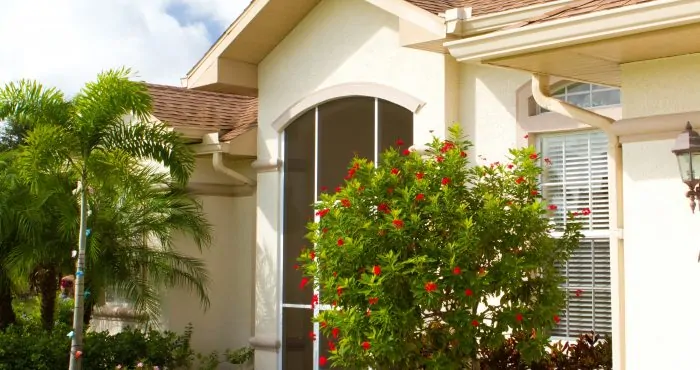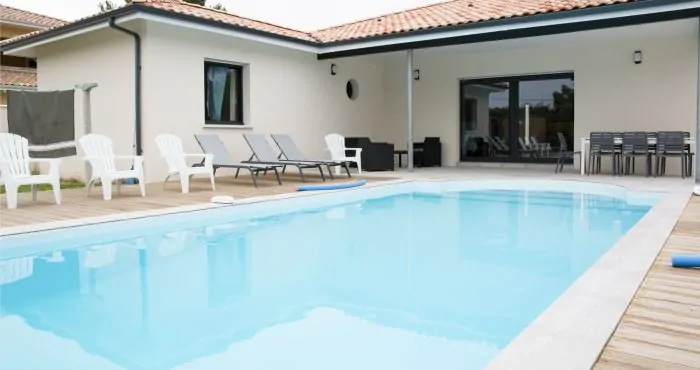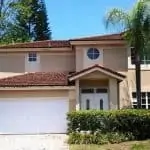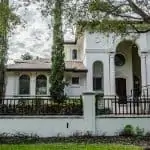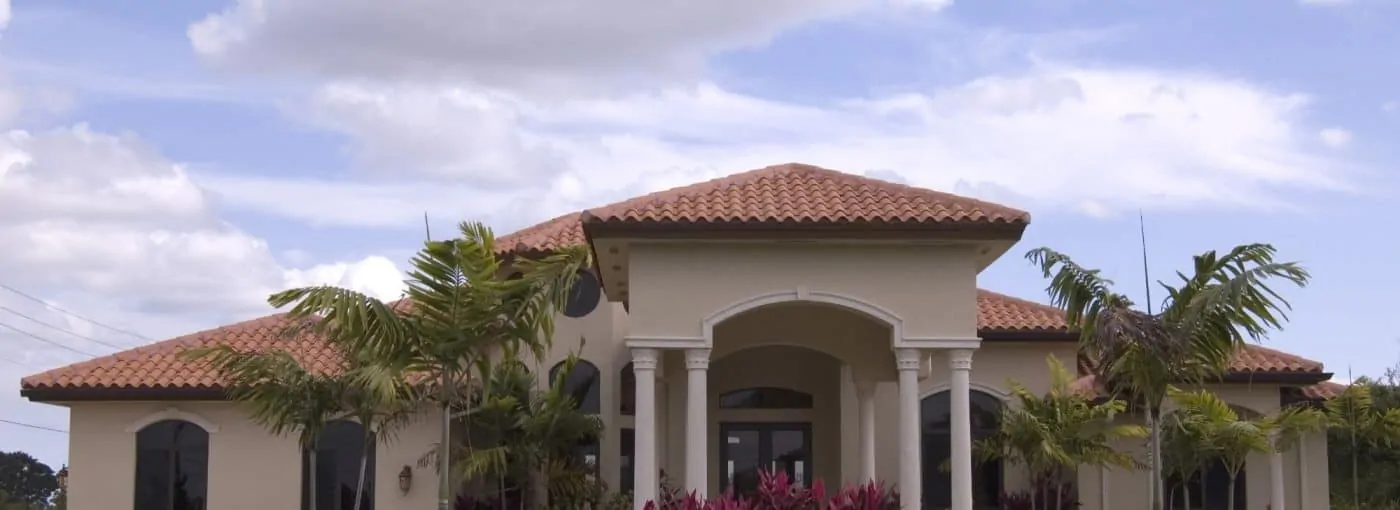
South Miami, FL Real Estate
You found the right website if you are searching for homes for sale in South Miami, FL. Our website has EVERY South Miami home for sale in Florida listed with Miami Association of Rrealtors® (MAOR).
Living in South Miami
South Miami is a city in Miami-Dade County, Florida, United States, in the Miami metropolitan area. South Miami’s central business district is directly served by the Miami Metrorail at the South Miami station on Sunset Drive, connecting the suburb to downtown Kendall, Downtown Miami, and the Miami Intermodal Center at Miami International Airport.
History
South Florida had been roamed by Native Americans (Tequesta, Calusa, and Jaega), probably for centuries, before white pioneers advanced through Little Hunting Ground (later known as Miami’s Coconut Grove neighborhood) to Big Hunting Ground (now known as the Cutler neighborhood of Palmetto Bay).
Wilson Alexander Larkins (1860–1946) was 36 years old when he, his wife (Katie Estelle Burtashaw) and five children, and their livestock arrived in Fort Dallas (now the Lummus Park Historic District of Miami) in 1896. He purchased property west of Red Road and Sunset Drive, where he built a home and barn. He also built the first general store east of that area in 1898 at what is known today as ‘”Cartagena Plaza” or “Cocoplum Circle” (actually in Coral Gables, Florida), and as the community grew, he established a post office in the community. Larkins became the first Postmaster, a role he held for sixteen years; he named the area Manila, but the majority of the settlers, who began building homes around his store, preferred the name of “Larkins” in his honor.
A depot was placed along the Florida East Coast Railway in 1904, and in the same year, John Moses Dowling built the first house within what is now South Miami city limits. His son-in-law opened the first store on the west side of the tracks, called the White Palace Grocery.
Other prominent historic families have historic buildings and streets named for them, such as Dorn Avenue (Southwest 59th Avenue) and the Shelley Building, among others. Harold W. Dorn and his brother Robert moved to the area in 1910; their primary interest was growing mango and avocado. Mary E. Dorn was the first president of the Cocoplum Thimble Club, the first Women’s club in Larkins. In 1925, the Dorn brothers built the Riviera Theatre at 5700 South Dixie Highway; in 1934, Charles T. Fuchs moved his Holsum Bakery from Homestead to South Miami on the land where the Riviera Theatre had been.
The first African-American to purchase land in the Larkins area was Marshall Williamson, who moved there from Madison, Florida. He built his home at 6500 SW 60th Avenue and allowed it to be used for church services even before the construction was completed. In 1916, he donated land for the St. John’s AME (African Methodist Episcopal) Church, one of Larkins’s first churches and the first church in the black community; it is located at 6461 SW 59th Place. Later, Williamson also donated land for the J. R. E. Lee School. Because of his generosity, the black neighborhood became known as Madison Square, after Williamson’s hometown. Williamson died in 1972. Named after him is Marshall Williamson Park, at 6125 SW 68 Street.
In 1926, area residents wanted to incorporate their area, and because of the booming city to the north of them, they chose the name of “Town of South Miami”. The original town boundaries were Red Road on the east, Kendall Drive to the south, Palmetto Road to the west (now Palmetto Expressway), and Bird Road and Miller Drive to the north. The year 1926 also saw the first street lighting and the first incoming class of freshmen at the newly chartered University of Miami campus, which abuts the city of South Miami eastern boundary along Red Road (SW 57th Avenue). Also founded with a university theme that same year was the Cambridge Lawns neighborhood of South Miami, situated just 0.7 miles (1.1 km) from the university campus. The neighborhood’s Cambridge Lawns Historic District, some 30 homes in the Tudor Revival and Mediterranean revival style completed in 1928, were granted historic recognition by the City of South Miami in 2005.
Also in 1926, South Miami received extensive damage from the 1926 Miami hurricane. The Town’s leaders asked Congress to “relieve the people of their income tax for the current year,” but federal assistance was not forthcoming. The Florida East Coast Railway station burned down, leaving the town without a station for many years. Residents suffered storm damage again from Hurricane Andrew in 1992 and from Hurricane Bonnie (1998).
On June 25, 1927, W. A. Forster was sworn in as South Miami’s first Mayor.
In 1933, the original six square miles of South Miami were reduced to just over three miles (5 km) due to an effort to reduce municipal responsibilities. The city’s size was reduced again in 1937, and many of the northern city residents sued to get out of the city. This is why the city of South Miami has the most irregular boundaries of any city in Miami-Dade County today.
Of mid-century South Miami, local historian Donna Shelley writes:
In the mid-1950s, South Miami was at the crossroads between town and country. It was where you could buy hay for your horse and a tux for a social event. The economy was booming post World War II: a bank was established, the First National Bank of South Miami, new buildings were constructed, a hospital established (South Miami Hospital) and the community prospered. The Holsum Baking Company, which moved to South Miami from Homestead in the 1930s was an important contributor to South Miami’s growth. Many long-time residents recall waking up to the olfactory stimulation of bread being baked at the Holsum bakery on the corner of Sunset Drive and Red Road.
Construction of the current City Hall building was approved by referendum in 1955. Designed by architect Henry George Fink, the governmental seat on Sunset Drive was dedicated in October 1956 by Mayor Paul U. Tevis.
Jack Block was elected Mayor of the city in 1968, and was thereafter re-elected every two years until 1984 when, as he told interviewer Gregory W. Bush, “I started to not enjoy it as much.” In that interview, for the University of Miami Oral History Program, he gave snapshots of South Miami history when he told Bush (a history professor at the University of Miami),
I moved here March 6, 1956 and lived in the same house. I love this city. There are times you get aggravated with what is going on. It’s a friendly community. Do you remember when they had the riots down in Overtown back at Nixon’s first inauguration. They had the Convention down here. Everywhere in town there were riots going on. In the city of South Miami we had a big barbeque which was held in the black area in one of the black parks. Where the Jaycees and myself, I cooked ribs all night long, and all the white people were there serving the black community. And we had no problems. When there were police problems the black community would get hold of me and tell me, “There’s a car load of people coming in from Coconut Grove,” and we could tell the police. That’s the way this community is. It’s a close-knit community. Black people living with white, you don’t get that anywhere else.
In 1990, Catherine (Rutherford) McCann (1933–2009) was elected as South Miami’s first female Mayor, and was re-elected in 1992. She was responsible for the clean-up of South Miami after Hurricane Andrew; the Miami Herald wrote, “She had an encyclopedic knowledge of the South Miami city charter. She pushed for affordable housing and responsible development.”
In 2000, South Miami joined other municipalities in the country in forming city partnerships to help foster cultural and economic development between cities around the world. South Miami is a member of Sister Cities International and formed relationships with the cities of Grand Turk in Turks and Caicos Islands and Basseterre in Saint Kitts and Nevis.
Economy
The South Miami business community is served by Chamber South, with offices at 6410 S.W. 80 Street in South Miami, and by the Red Sunset Merchants Association of South Miami.
The Consulate-General of Mexico in Miami is located at 5975 Southwest 72nd Street (Sunset Drive) in South Miami.
The nine-acre property site of the Holsum Bakery was for decades afterward known as the Bakery Center to the local residents, and various businesses came and went on that site long after Holsum was gone.
A large complex called, in fact, the Bakery Center, a $35 million project, was proposed in 1982. It was built and opened in 1985, but it was not popular and was demolished in 1996. South Miami residents complained about the architecture, which seemed closed from pedestrians, elitist, and far too tall for a town that liked small, homey buildings and mom-and-pop shops. (Historian Donna Shelley wrote an essay about it entitled “From Baking Dough, To Spending Dough, To Losing Dough”; The New York Times wrote in 1996 that “few retail projects failed as badly as the Bakery Center”.) Perhaps the one admired feature was on the outside: an enormous mural by Richard Haas. The investors were never able to find enough small businesses to rent all available spaces in the monolithic building. The consistently successful business, an IMAX theater, was undervalued and closed.
In the 1990s, a large shopping mall called The Shops at Sunset Place, a retail/entertainment center, was built on the site with a wide, welcoming entrance; it has many anchor stores such as Barnes & Noble (which has good community outreach programs), The Gap, Urban Outfitters, Victoria’s Secret, and an AMC Theatres site with 24 movie theaters. Food is available from restaurants such as Johnny Rockets to sidewalk crêpe makers, and it is a popular teenage hangout.
(The mall has its detractors. Gabriel Lopez-Bernal, an urban planner praised by the Miami New Times for his blogging on “civic discourse”, wrote, “Unlike its predecessor, Sunset Place was designed to be an open-aired Mediterranean community, incorporating former mall aspects like big boxed anchor tenants with street-level restaurants, faux cityscapes, and even a few residential units. The center was originally envisioned to be an entertainment center, but the quick failure of some of the theme restaurants and IMAX Theater, quickly changed intended target use. Since its inception, the mall has struggled to maintain a strong and lasting business base.”)
Transportation
South Miami is served by Metrobus throughout the area, and by the Miami Metrorail at South Miami (SW 72nd Street and U.S. 1).
South Miami’s central business district is directly served by the Miami Metrorail at the South Miami station on Sunset Drive, connecting the suburb to downtown Kendall, Downtown Miami, and the Miami Intermodal Center at Miami International Airport.
Culture
South Miami is known for more than its leafy residential neighborhoods; the city has numerous parks and a vibrant Downtown filled with historic buildings, restaurants and unique shops. Much of South Miami stretches down U.S. 1, along which it features a wide variety of retail stores and restaurants on long-owned real estate or in newer shopping plazas. Its South Miami branch of the Miami-Dade Public Library System is open 5 days a week (open late on Tuesdays and Wednesdays) and offers a large children’s room as well as (for a small branch) an extensive collection of DVDs and large-print books.
Music
Bougainvillea’s Old Florida Tavern offers late-night live music, as does The Irish Times Pub & Eatery. The major mall of South Miami, The Shops at Sunset Place, has hosted “National Talent Search TV Showcase Miami Auditions.”
Parks
South Miami has a great many parks, including Palmer Park, with playing fields for Baseball, T-Ball, Softball, football, and soccer; Fuchs Park, a natural area with a pond where the ducks are friendly and pleased to be fed; Marshall Williamson Park, with tennis courts and a gazebo; the Jean H. Willis Flowering Tree Park, a small area next to the South Miami Police Department featuring a gazebo, picnic benches and a variety of native flowering trees; Brewer Park, with tennis, handball, and basketball courts as well as a playground area and picnic area; Murray Park (adjacent to the Community Center), with lighted basketball courts, a T-ball field, two soccer fields and a flag football field. There are other parks, too, as South Miami is suburban and family-friendly.
Media
South Miami is served by the Miami market for local radio and television. The three newspapers are as follows: the hyperlocal “South Miami News”, apart of the Community Newspapers chain, the Miami Herald, which publishes a weekly zoned “Neighbors” section serving South Miami and adjacent communities, and the weekly Miami New Times and The South Miami News, that latter of which is part of the Community Newspapers chain.
Cuisine
South Miami has a diverse offering in its restaurants. There are a great many Japanese restaurants with sushi bars; the Kyojin Japanese Buffet, as its name suggests, provides only buffet meals, though with Chinese hot dishes as well. The Kyojin, in a strip mall on U.S. 1, is located just a few doors away from the former site of one of South Miami’s top most popular family-owned businesses, Sunrise City Liquors, which for decades had been owned by Fred Salazar and co-managed by his son, Adam Salazar. To serve the community, they kept late hours and offered cheerful chat and good advice about liquors, beers, and wines. The New Chinatown restaurant, a couple of miles eastward on the Highway, had been a popular spot for lunch and dinner for decades but is now permanently closed. Italian restaurants are also easy to find, such as the Carrabas Italian Grill and Trattoria Sole.
The Deli Lane Cafe & Tavern, a family-friendly eatery with outdoor seating, offers a variety of American food; so does the popular Two Chefs Restaurant, and the Whisk is rated #1 by the TripAdvisor site. One can also find French dining (sandwiches, salads, dinners, French wines, and desserts) at the Cafe Bonjour on U.S. 1. There are popular lamb and duck meals alongside the steak and chicken at the Cafe Pastis, served up by its French chefs, and at Georges on Sunset Drive they offer “hangover helpers” as well as an array of dishes from eggs to pizza to creatively styled burgers. Le Royal French Bakery, offering fresh breads, pastries, and other treats, received high marks (“Miami’s best croissant”) from the Miami New Times. There is Cuban authenticity at the former Casa Larios Restaurant (now Casacuba), and Portuguese at the Old Lisbon – Sunset. Khoury’s Mediterranean Restaurant excels at Middle Eastern food, while Marhaba Mediterranean Cuisine is in the heart of downtown South Miami, just north of the Shops at Sunset mall. To stroll through downtown South Miami, in fact, is to stroll past dozens of restaurants of all kinds, and even the pocket-sized ones can be excellent.
Education
Miami-Dade County Public Schools serves South Miami.
- South Miami Elementary School
- South Miami Middle School
- South Miami High School
South Miami is also home to the Miami Conservatory. Founded in 1949, it is Miami’s oldest and best known ballet scho
South Miami Hospital
South Miami Hospital, located at 62nd Avenue (Paul Tevis Road) and U.S. Route 1, opened in 1960 as a 100-bed hospital and currently serves 467 beds. It is one of seven hospitals in the Baptist Health South Florida system. The hospital was recognized as a Magnet Hospital for Nursing Excellence in 2004 and again in 2008, by the American Nurses Credentialing Center. It was also on Solucient’s list of top 100 hospitals in the country and earned the Florida Governor’s Sterling Award in 2010. It was named the No. 1 hospital in South Florida by U.S. News & World Report in 2012, and ranked No. 42 in the country in geriatrics and No. 47 in orthopedics. The Hospital features an addiction treatment program, a cardiac catheterization lab, a diabetes program and a full oncology department as well as the Center for Robotic Surgery, the Center for Women and Infants, South Miami Heart Center and a Level III Neonatal Intensive Care Unit. The Hospital earned $35.5 million in 2012.
South Miami Schools
Buying a South Miami Home
If you are a South Miami, FL home buyer, our foremost goal is to provide you with exceptional customer service. Our goals are to help you purchase the right home, make sure you don’t miss out on any homes that meet your needs, and make sure you don’t pay too much for your next home. Please utilize our South Miami, Florida real estate expertise to make your home search and buying experience as stress free and rewarding for you and your family as possible.
Selling Your South Miami Home
If you're considering selling your South Miami, Florida home, we utilize the latest, cutting-edge, real estate marketing tools to expose your property to the widest range of potential buyers. We are here to get your house aggressively marketed to sell as quickly as possible and for the best price! Our goals are to help you get your South Miami, FL home sold, put you in the strongest negotiating position as possible, and to make it easier for you and reduce surprises.

